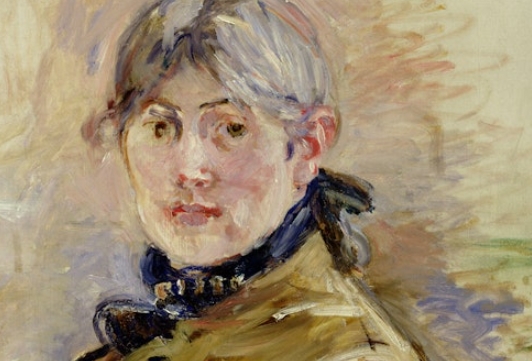Berthe Morisot was a pioneering female artist in the male-dominated world of Impressionism.
Her self-portraits offer a glimpse into her life and artistry, showcasing her intimate and personal side.
Capturing the Essence of Identity
Morisot’s self-portraits reveal her deep sense of self-awareness and introspection.
She used her own image as a way to explore her identity and expression as a woman artist in the 19th century.
Provoking Emotion and Contemplation
In her self-portraits, Morisot’s gaze is often direct and penetrating, inviting viewers to contemplate her thoughts and emotions.
She used her art to provoke a sense of intimacy and connection with the viewer, revealing a vulnerable and human side to her work.
Exploring Themes of Femininity
Morisot’s self-portraits often explore themes of femininity and womanhood, depicting herself as a modern, independent woman.
She challenged traditional notions of female beauty and identity, presenting herself as a subject of strength and agency.
Playing with Light and Color
As an Impressionist painter, Morisot was known for her mastery of light and color.
In her self-portraits, she used bold brush strokes and vibrant hues to capture the essence of her inner world, creating a sense of movement and vitality.
A Legacy of Empowerment
Berthe Morisot’s self-portraits stand as a powerful testament to her legacy as a trailblazing female artist.
Through her art, she invites viewers to explore the intimate world of her thoughts and emotions, leaving behind a legacy of empowerment and inspiration for generations to come.



